
Reverse diabetes and insulin resistance fast—4 hacks doctors don’t tell you!
Type 2 diabetes and insulin resistance are rising at an alarming rate, affecting millions worldwide. Many people assume these conditions are purely genetic or simply part of getting older. But research increasingly shows the opposite: type 2 diabetes is largely driven by diet and lifestyle—and in many cases, it can be reversed.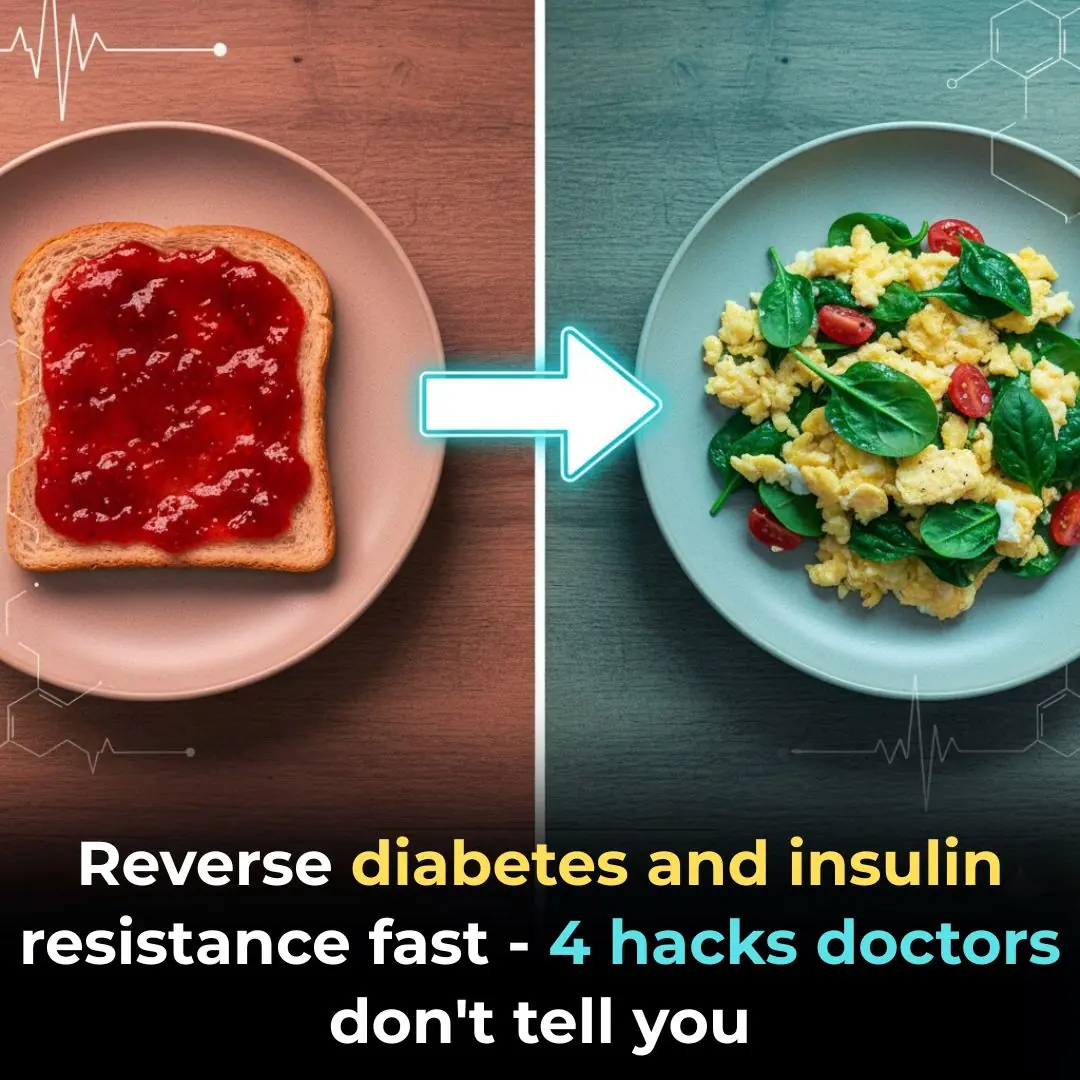
This article breaks down how insulin resistance develops, why blood sugar spikes matter, and the remarkably simple eating habits that can flatten glucose curves and help put type 2 diabetes into remission.
A Global Epidemic That Isn’t Genetic
More than one billion people worldwide now live with type 2 diabetes or prediabetes. The surge is so dramatic that what used to be called “adult-onset diabetes” is now showing up in children.
Our DNA hasn’t changed.
Our food environment has.
Studies of identical twins—who share the same genes—show that one twin can develop type 2 diabetes while the other doesn’t. This proves that lifestyle, especially diet, plays the defining role.
And the best news? Countless clinical trials confirm that changing how you eat can put type 2 diabetes into remission, even for long-term patients.
Insulin Resistance: The Root of the Problem
Insulin resistance exists on a spectrum:
-
Low insulin resistance → healthy
-
Medium → prediabetes
-
High → type 2 diabetes
The physics behind it is simple:
The more insulin your body has to release, the more resistant you become.
Over time, cells stop responding to insulin efficiently. Your pancreas compensates by pumping out even more of it. Eventually, it can’t keep up—and blood sugar begins to climb.
Why Blood Sugar Spikes Matter
Glucose is your body’s fuel. You get it primarily from:
-
Bread
-
Pasta
-
Rice
-
Potatoes
-
Oats
-
Fruit
-
Sugar and sweetened drinks
When you eat large amounts of these foods, glucose floods the bloodstream. This causes:
-
Fatigue
-
Cravings
-
Inflammation
-
Excess insulin release
-
Long-term cellular damage
A healthy adult has the equivalent of one sugar cube of glucose circulating in the blood.
Someone with type 2 diabetes?
One and a half sugar cubes.
That tiny difference is enough to damage nerves, blood vessels, eyes, and kidneys over time.
The Coffee Analogy: How Resistance Builds
Think of your very first cup of coffee—you felt alert after one.
Months later, you might need three cups.
Your body becomes resistant to caffeine.
Insulin works the same way.
High insulin levels over months and years cause your cells to tune it out.
Your body then produces even more insulin, worsening the cycle until blood sugar rises to diabetic levels.
How Doctors Diagnose It
Doctors primarily test fasting blood glucose:
-
Under 100 mg/dL → Healthy
-
100–126 mg/dL → Prediabetes
-
Above 126 mg/dL → Diabetes
However, insulin resistance begins years before glucose rises.
This is why measuring fasting insulin is a better early-warning marker—but far fewer doctors order this test.
The Main Goal: Lower Insulin Levels
To reduce insulin resistance, you need to:
-
Avoid large glucose spikes
-
Reduce the amount of insulin your body needs
-
Improve your body’s sensitivity to insulin
This starts with carbohydrates, which convert directly into glucose. Foods high in protein, fat, and fiber cause much smaller glucose responses.
Easy Food Swaps That Make a Big Difference
These simple shifts keep glucose steady:
✅ Choose savory breakfasts
Instead of toast, jam, and orange juice (a glucose bomb)—
Try eggs, nuts, yogurt, or any protein-rich breakfast.
✅ Add vinegar once a day
1 tablespoon in water before a meal reduces glucose spikes by 20–30%.
✅ Eat vegetables before carbs
A veggie starter slows digestion and moderates glucose release.
✅ Walk 10 minutes after one meal a day
Muscle contraction pulls glucose out of your bloodstream—even without insulin.
These four science-backed habits were tested on 3,000 people.
Within four weeks:
-
41% of participants with diabetes improved their glucose control
-
Many reduced their medications
These “glucose hacks” don’t require dieting, restriction, or counting calories.
Real People, Real Remission
Thousands have used these principles to bring their blood sugar back to normal. Here are two examples:
✅ Case 1: Diabetes gone in four months
A patient with type 2 diabetes and celiac disease:
-
Saw improvements in 4 days
-
Lost 25 kg
-
Dropped HbA1c from 9.6 → 4.7
-
Was declared non-diabetic
✅ Case 2: Reduced insulin and improved mood
Another patient:
-
Needed less insulin
-
Had fewer glucose spikes
-
Reported better energy and less irritability
These changes weren’t due to extreme dieting—just smarter eating habits.
This Isn’t Just Personal—It’s Systemic
Ultra-processed, high-sugar foods dominate supermarkets.
Children are targeted with ads for cereals, candy, and fast food.
To turn this epidemic around, we need:
-
Better food education
-
Regulation of unhealthy food marketing
-
Healthier school meals
-
Clearer labeling
While individuals can make powerful changes, the food system also needs reform.
You Have More Control Than You Think
Type 2 diabetes is not a life sentence.
Insulin resistance can improve.
Remission is possible.
And it doesn’t require perfection—just progress.
With the right tools and habits, you can dramatically improve your health and lower your blood sugar starting today.
News in the same category

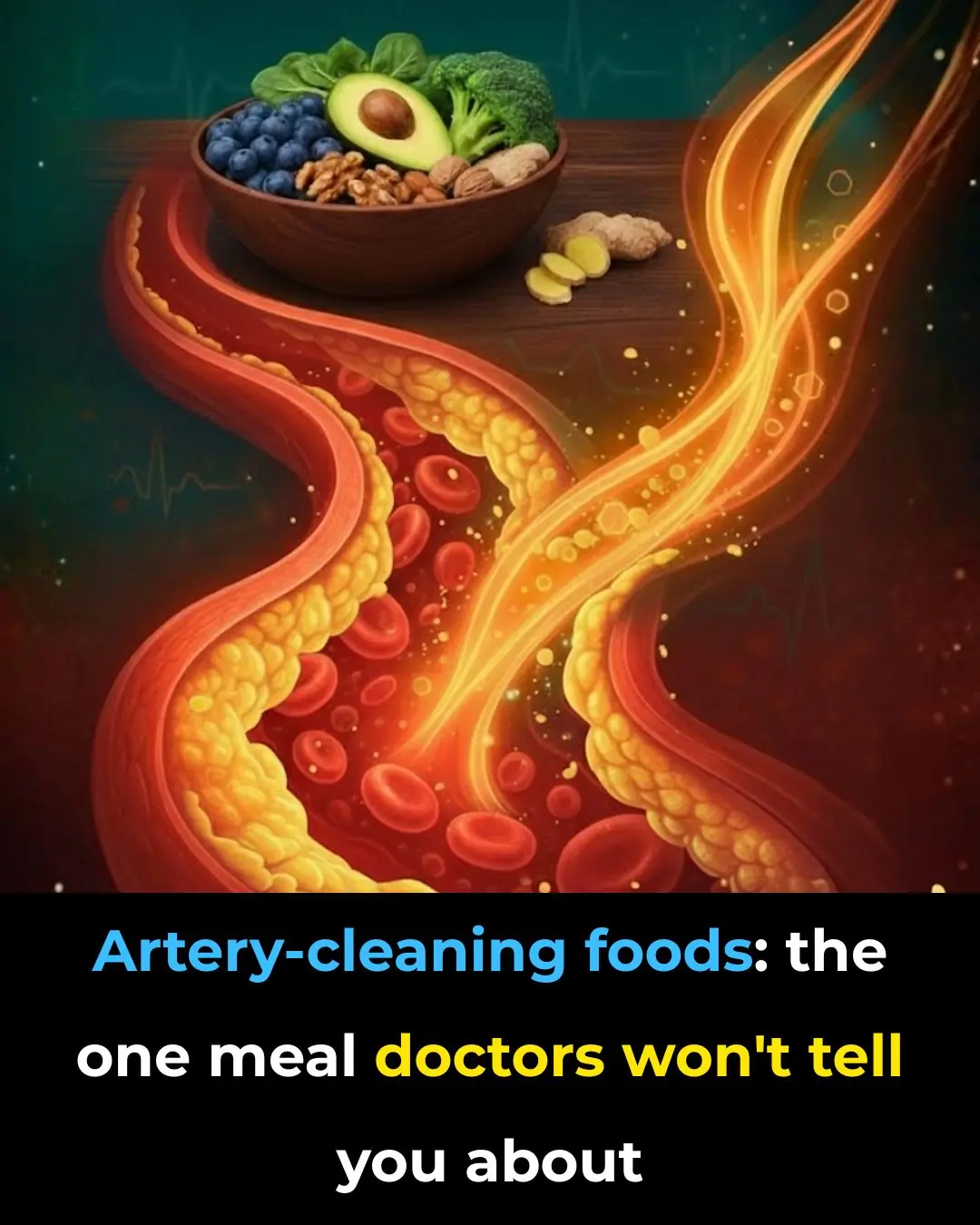
Artery-Cleaning Foods: The One Meal Doctors Won’t Tell You About

The body will show 5 symptoms to remind you to eat less salt
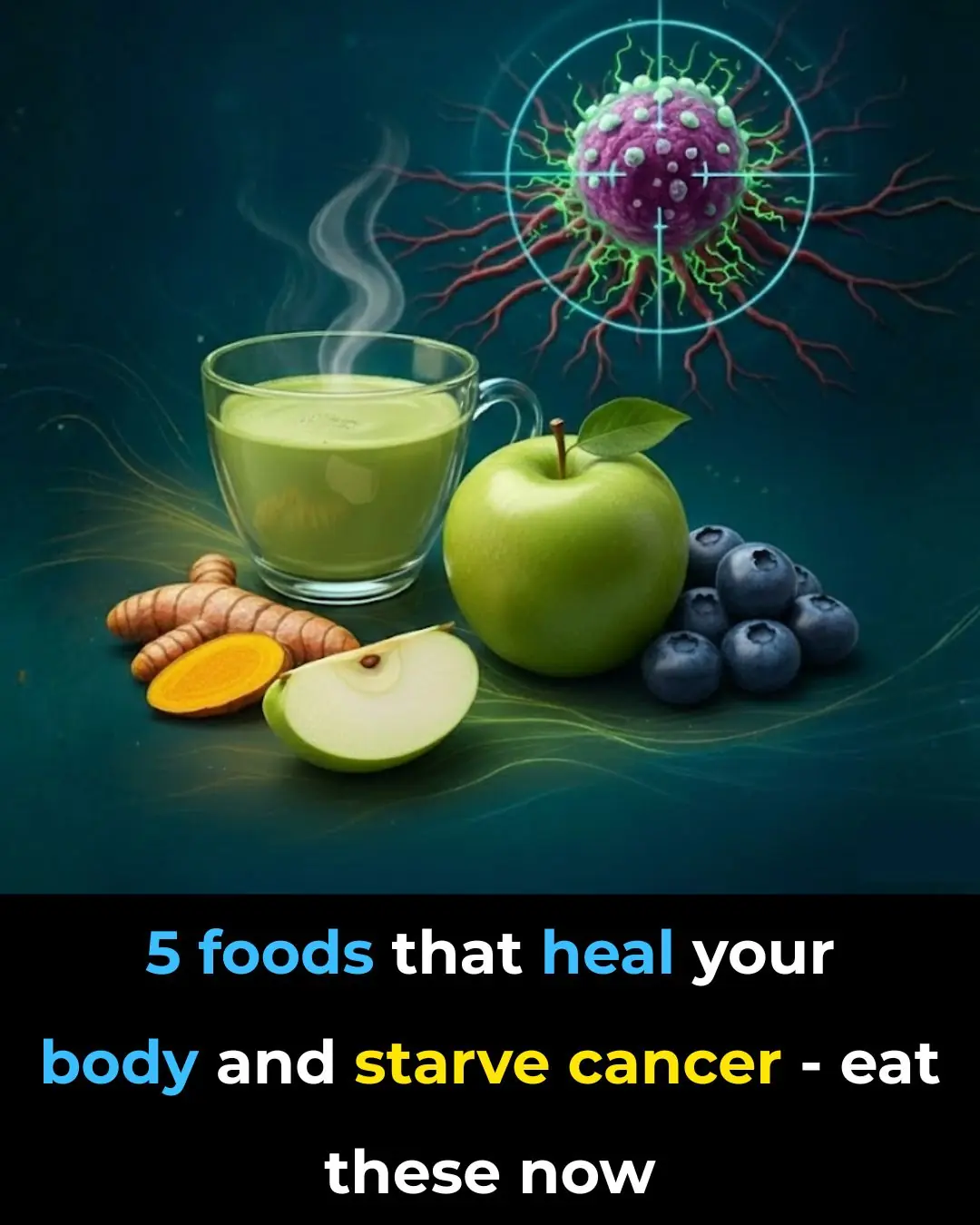
5 foods that heal your body and STARVE cancer—eat these now!
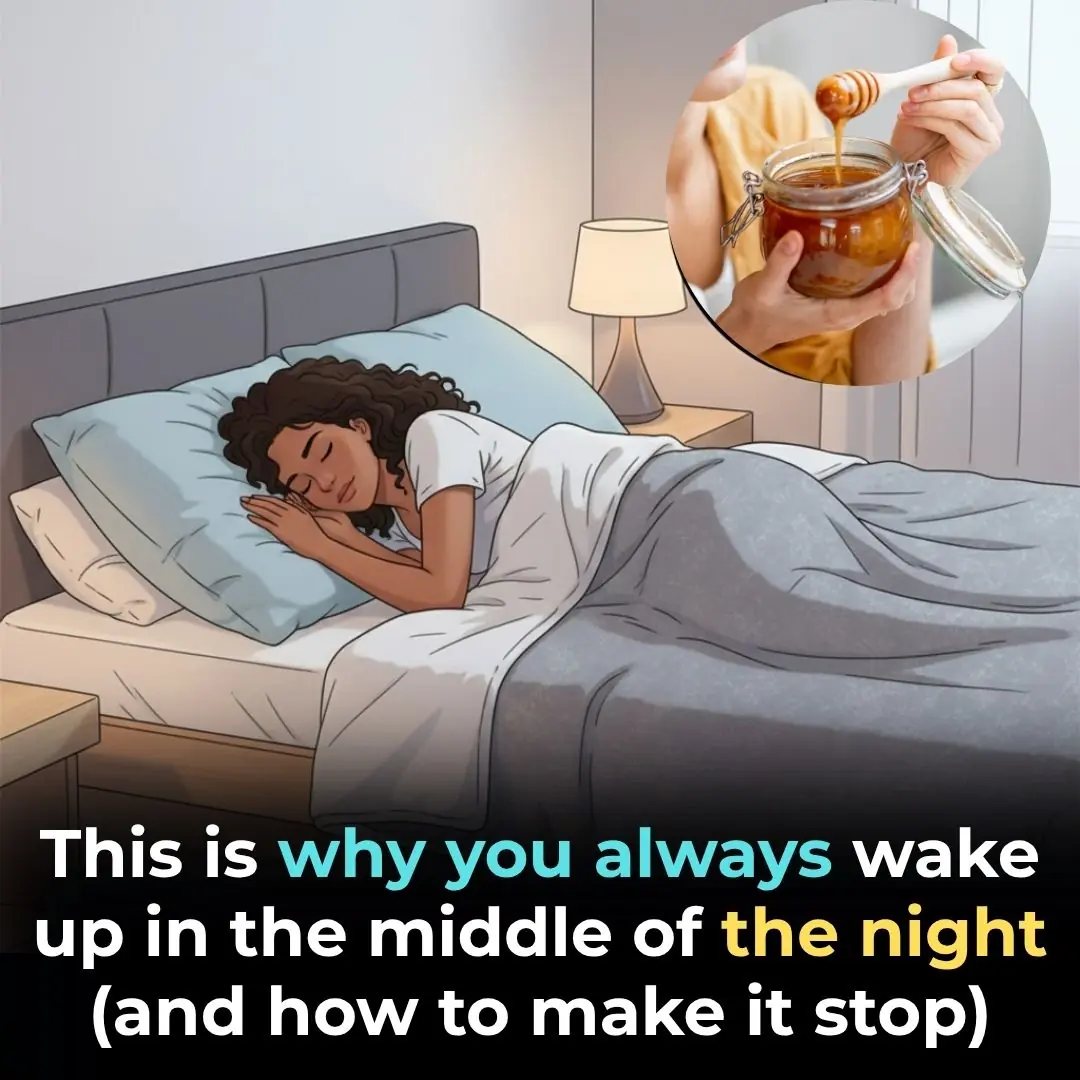
This is Why You Always Wake Up in the MIDDLE of the Night (and how to make it STOP)
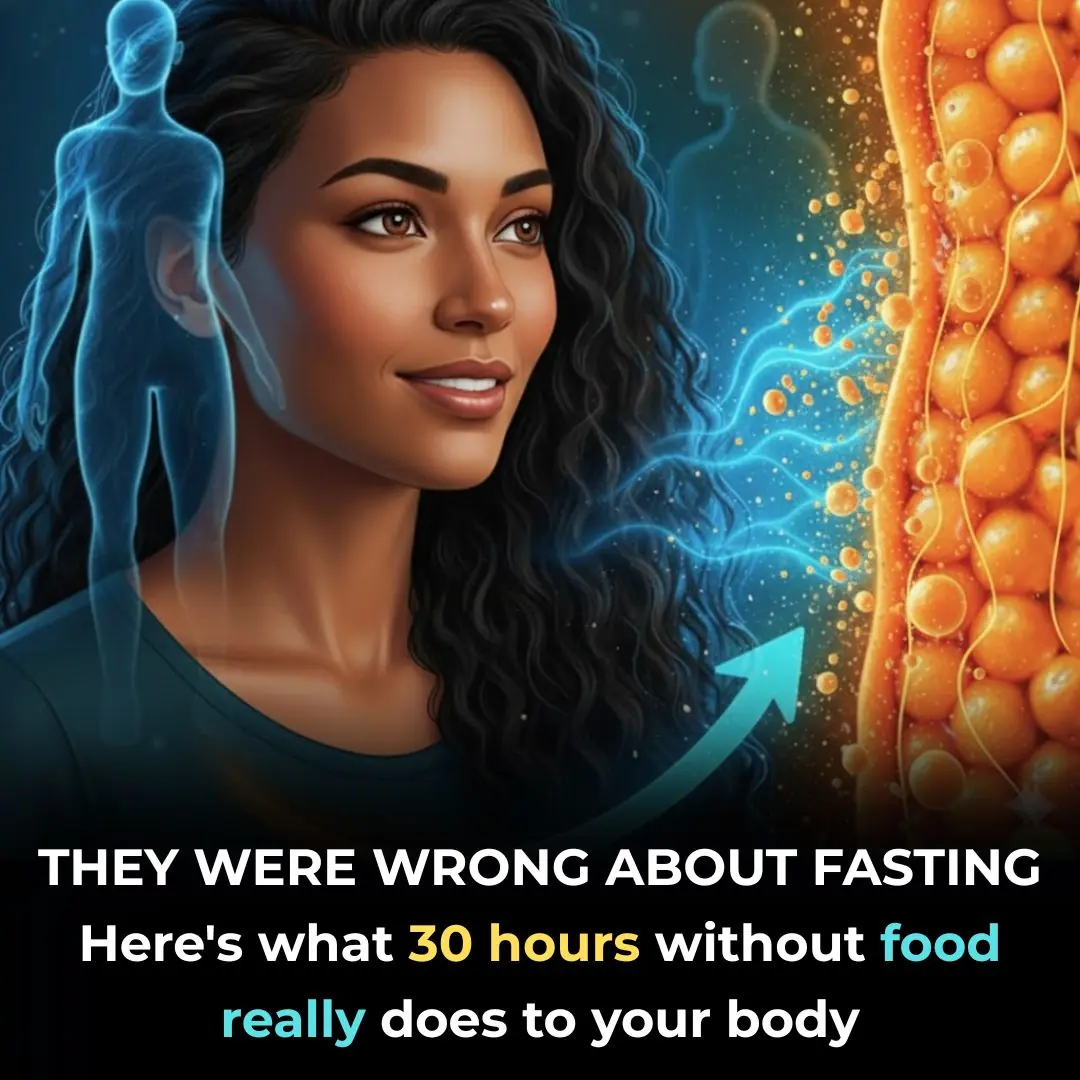
They were wrong about fasting — here’s what 30 hours without food really does to your body

Grow Date Trees From Seed (Start in a Pot → Plant Outdoors): The Complete, No-Stress Guide
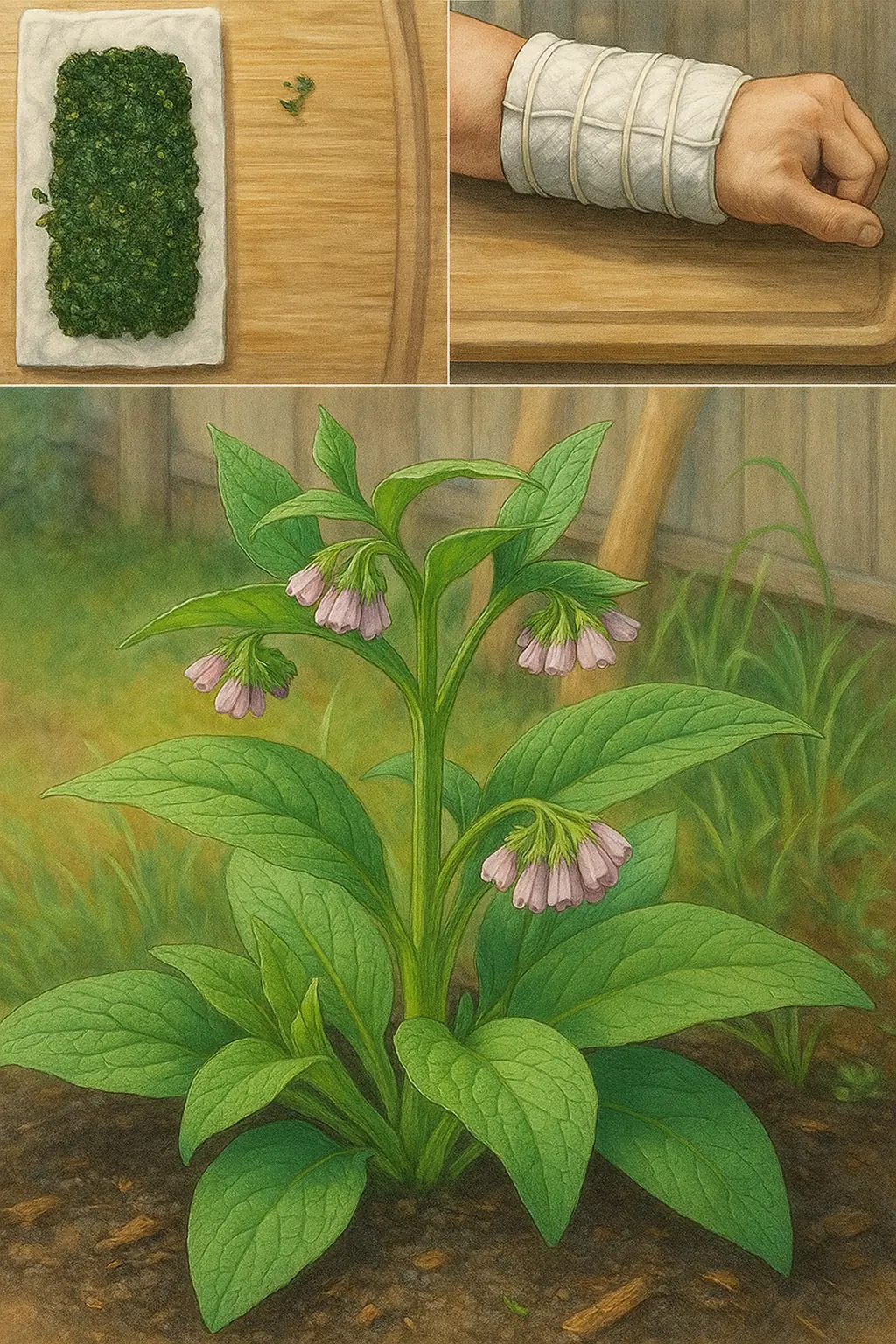
The Incredible Benefits of Common Comfrey: Uses, Remedies, and Precautions

14 Reasons to Drink Lemon Water First Thing in the Morning
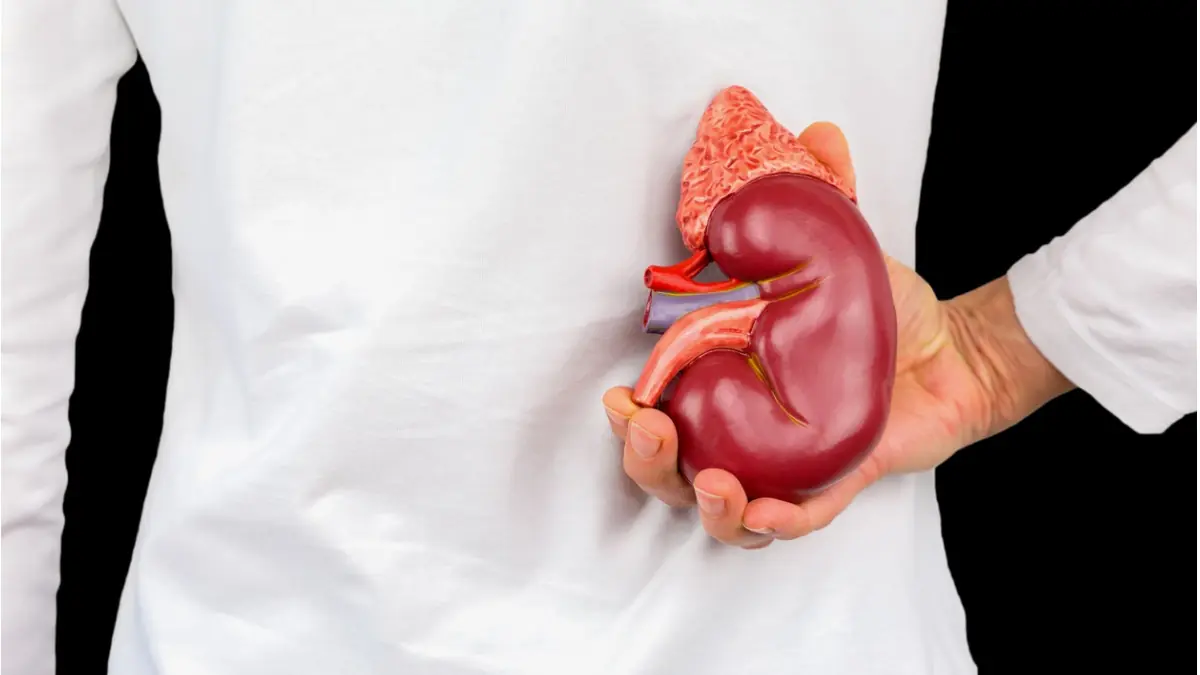
The #1 Food for Detoxifying and Supporting Kidney Health

Dark Chocolate and Tea Found to Significantly Lower Blood Pressure

Why This Doctor Refuses to Prescribe Statins for High Cholesterol
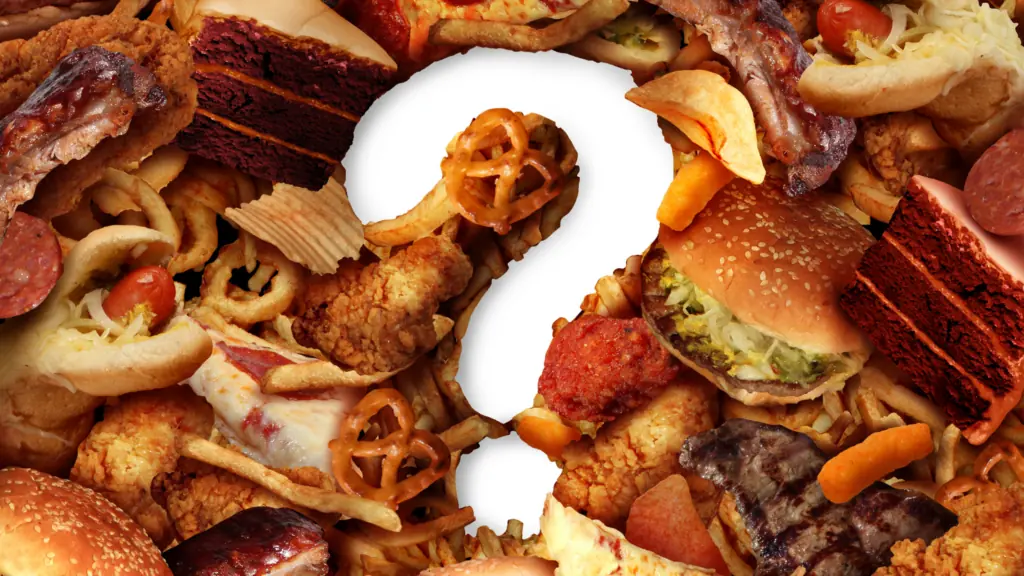
Top 5 Foods to Avoid if You Have High Blood Pressure

How bathing too often can affect your health
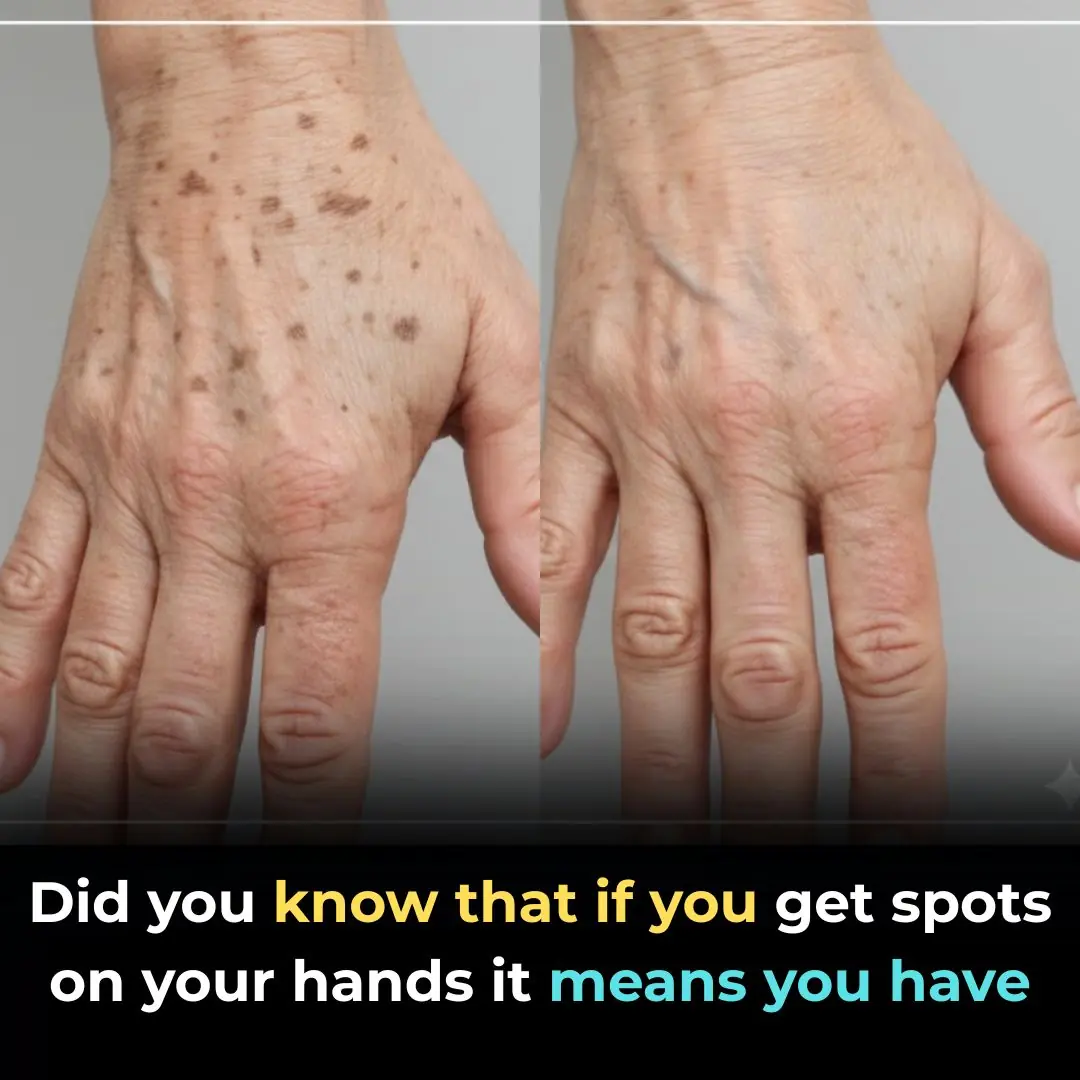
Did you know that if you get spots on your hands it means you have
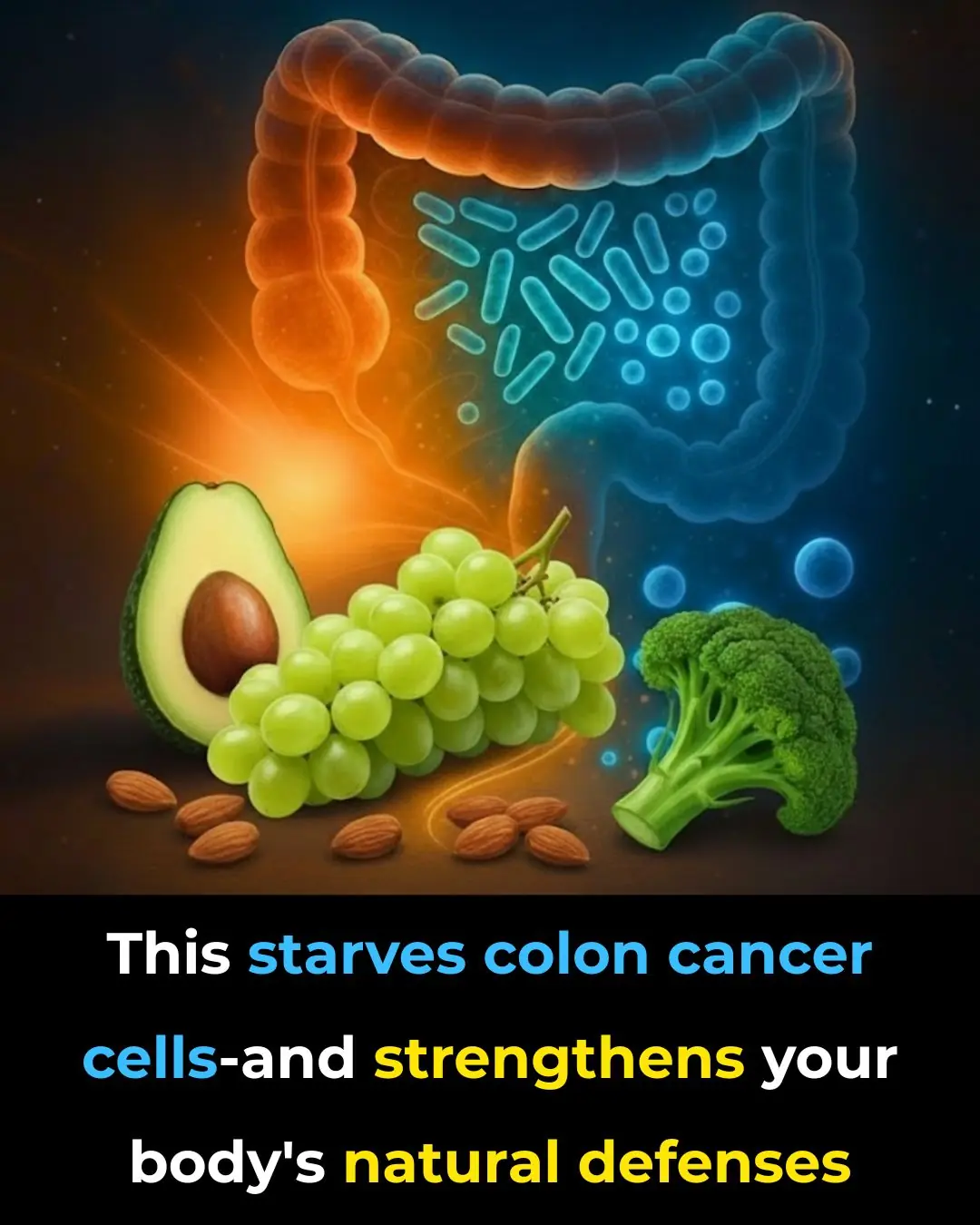
This starves colon cancer cells — and strengthens your body’s natural defenses

7 COLLAGEN-boosting foods to ERASE joint pain & inflammation FAST!

The Human Brain Isn’t Built for Late Nights, Experts Warn

Harvard Doctor Reveals Foods You Should Avoid to Prevent Inflammation
News Post

A Natural Botox Alternative? How a Simple Chia Seed Mask Can Tighten, Brighten, and Rejuvenate the Skin
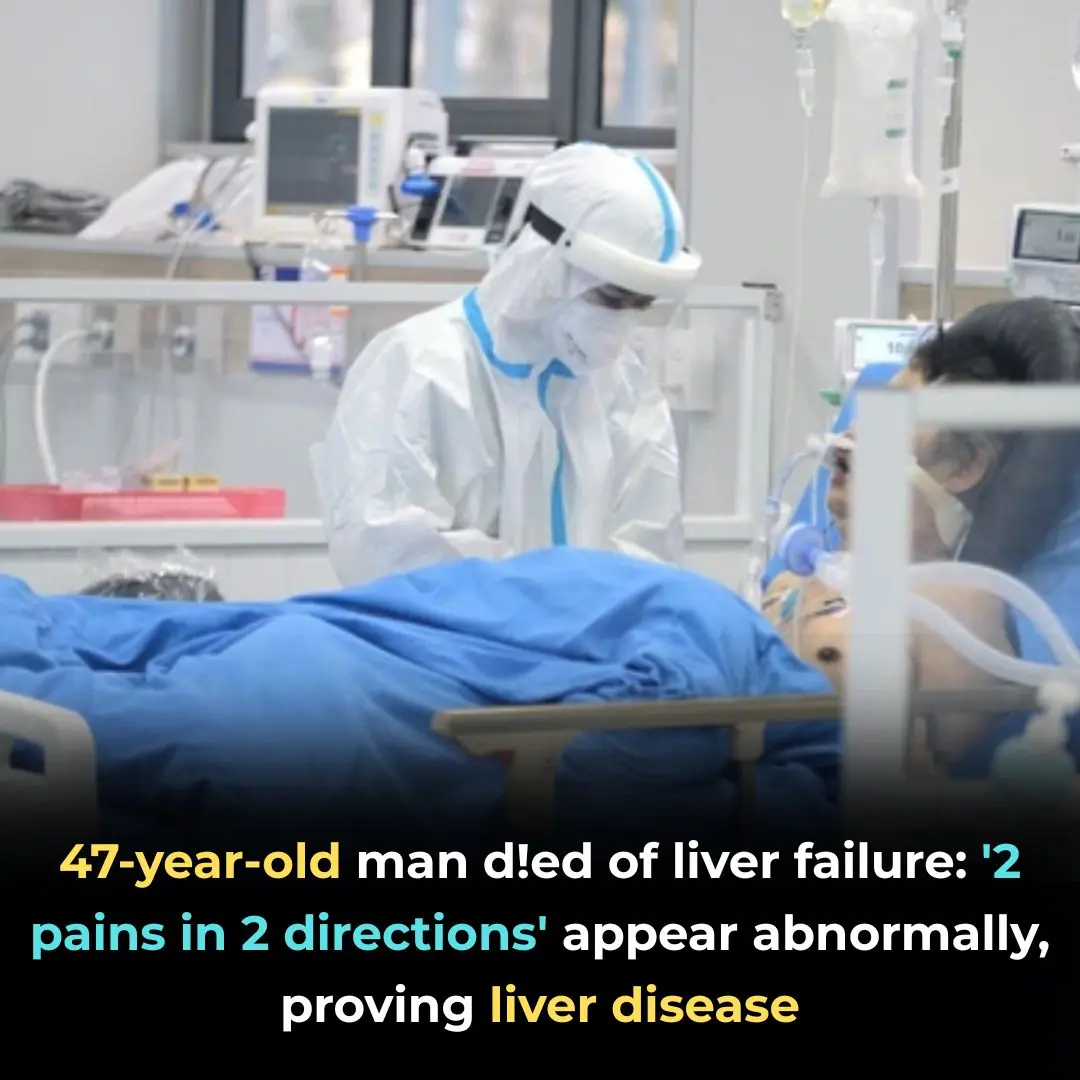
47-Year-Old Man Dies from Liver Failure: “Two Types of Pain, Two Types of Itching” Warn of Serious Liver Disease

Don’t Throw Away Your Empty Milk Powder Cans – Turn Them Into Useful Household Items

If Cancer Cells Are Developing in the Body, These 3 Nighttime Symptoms May Appear

Can you spot the hidden dog? Only people with eagle eyesight can!

Can you spot the book, egg, cup, and pillow?
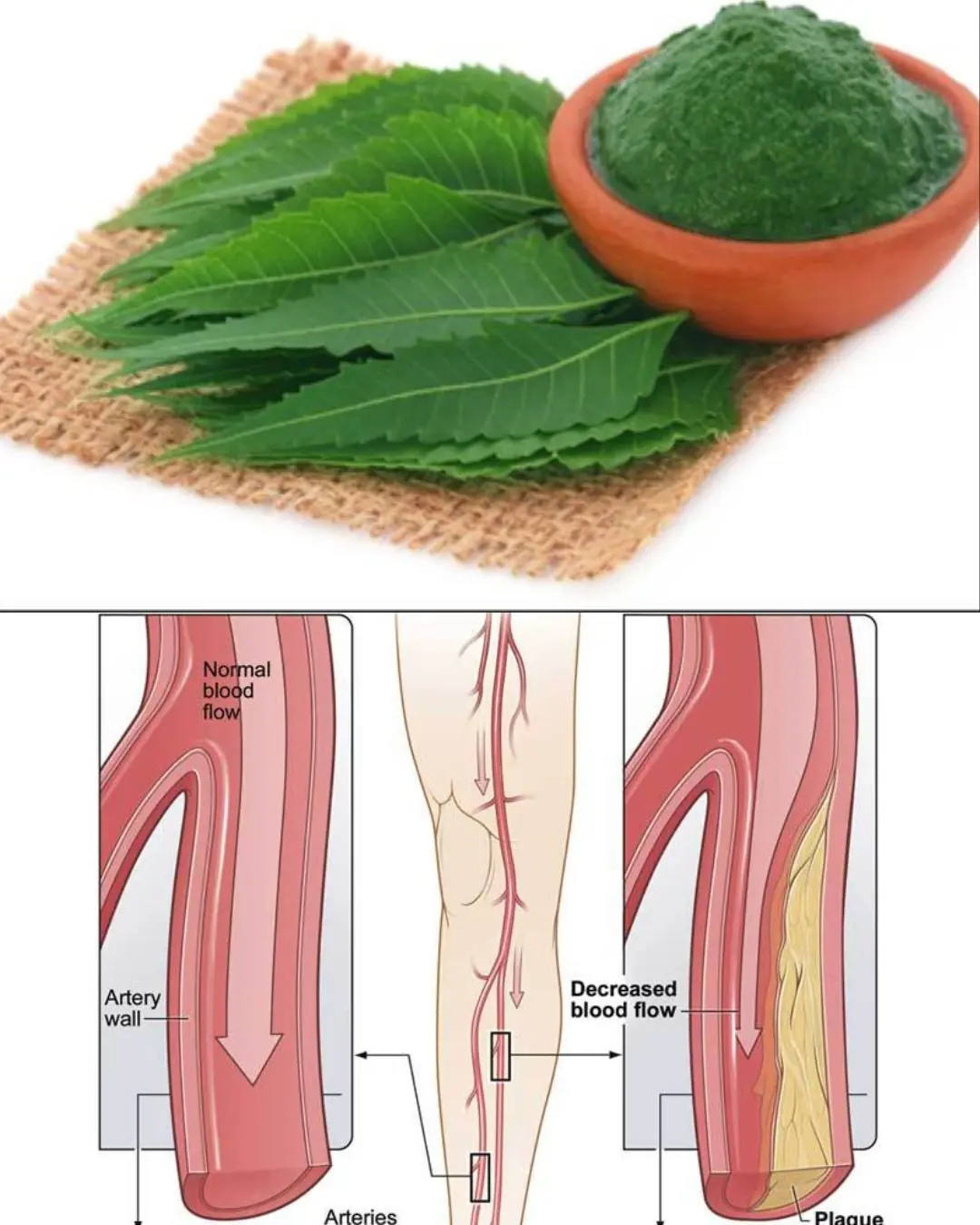
Neem: An Ancient Plant With Potential Health Benefits – What Science Says
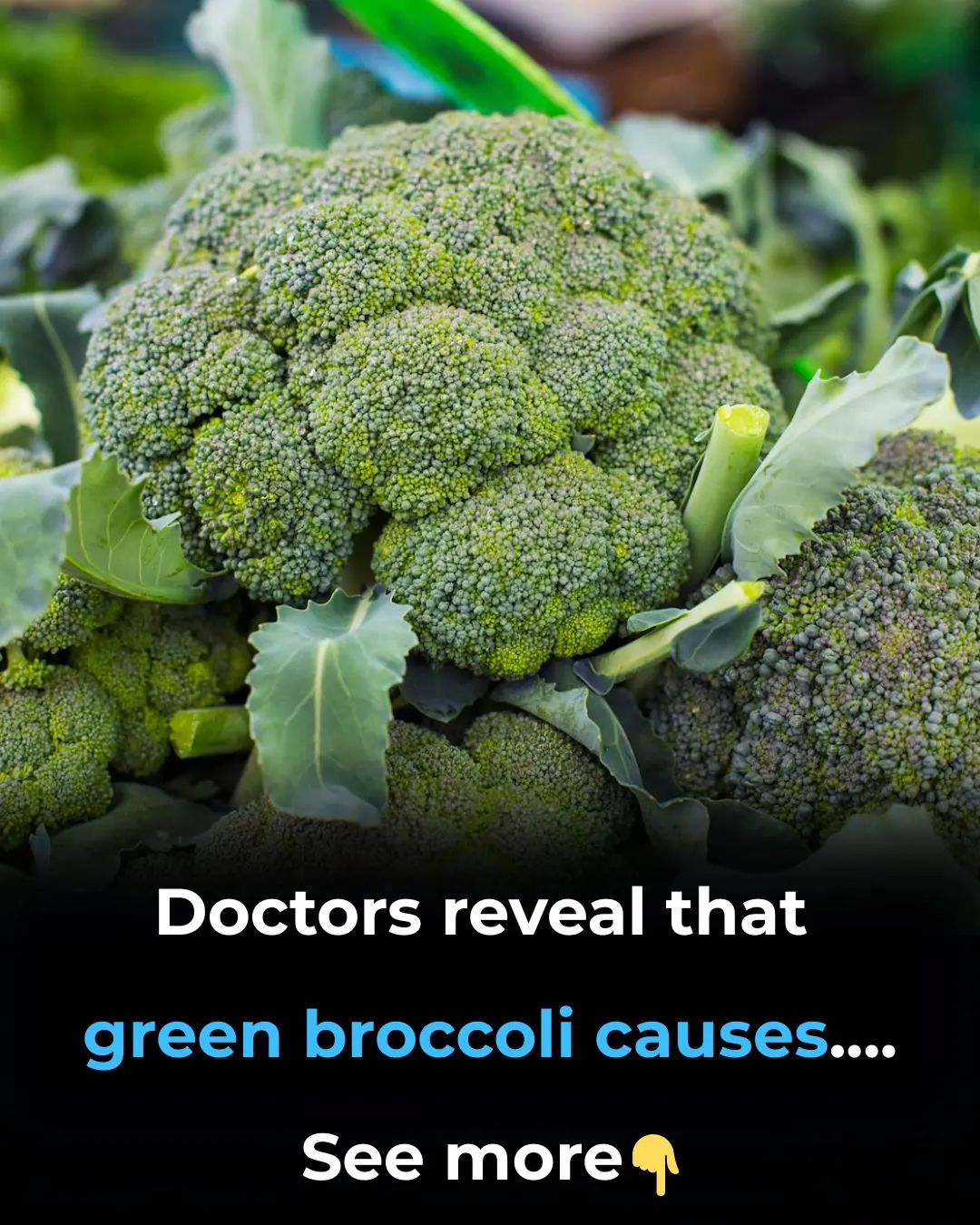
Doctors reveal that green broccoli causes...see more

Artery-Cleaning Foods: The One Meal Doctors Won’t Tell You About

The body will show 5 symptoms to remind you to eat less salt

5 foods that heal your body and STARVE cancer—eat these now!

This is Why You Always Wake Up in the MIDDLE of the Night (and how to make it STOP)

They were wrong about fasting — here’s what 30 hours without food really does to your body
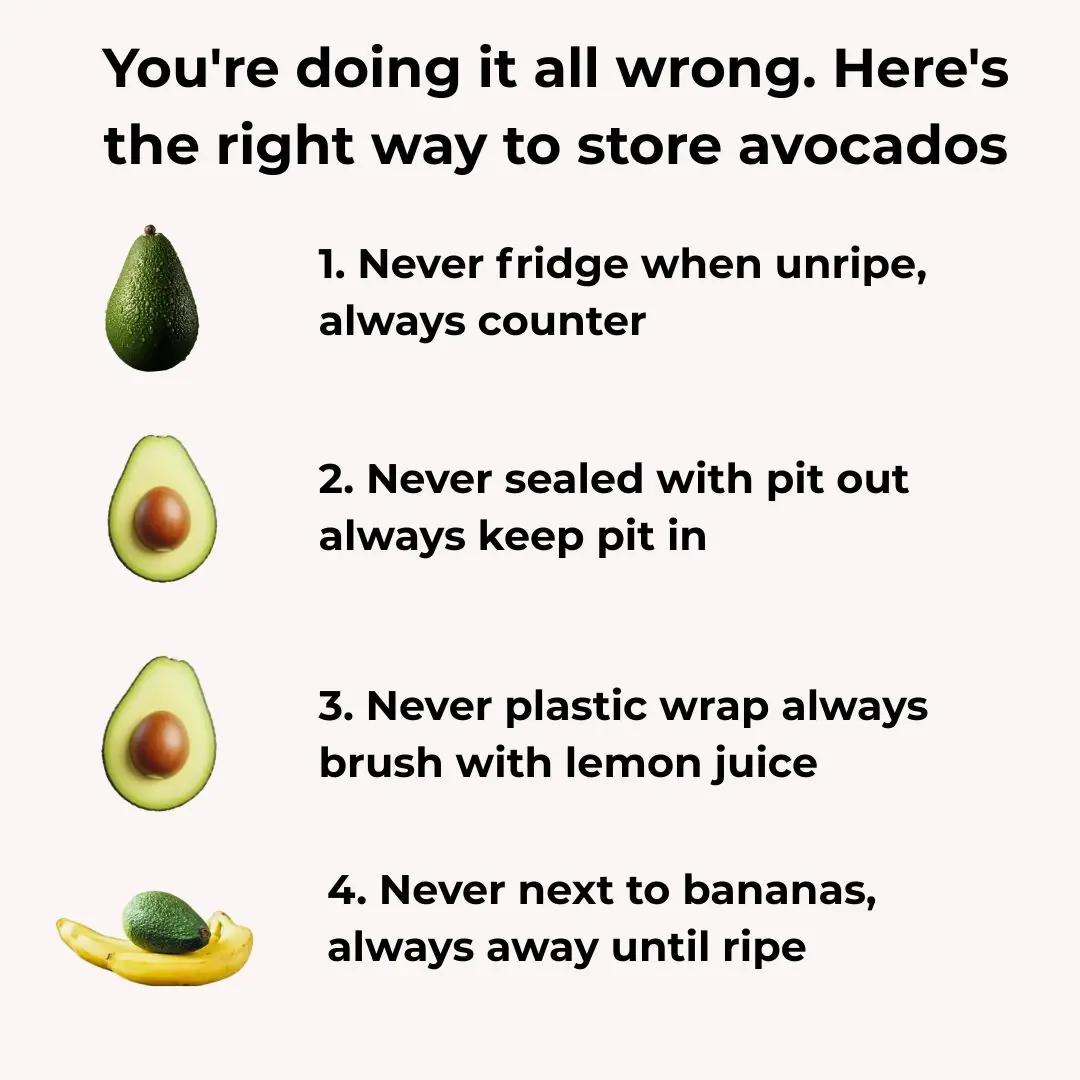
You're doing it all wrong. Here’s the right way to store avocados

8 reasons why adding baking soda to your toilet tank is a must-do trick
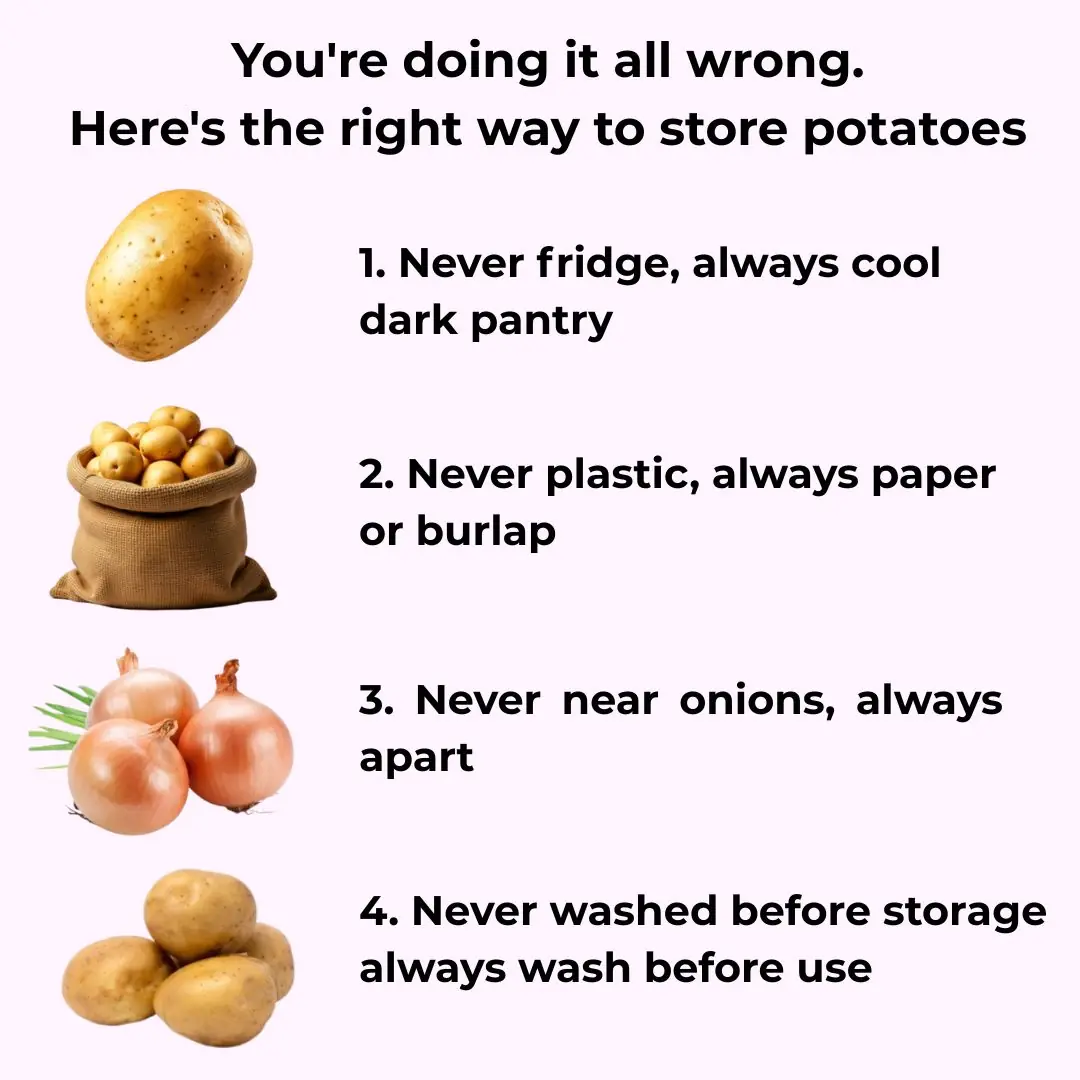
You're doing it all wrong. Here’s the right way to store potatoes

Washing machine stays clean all year without scrubbing thanks to a common household liquid, saving millions every year 👇👇

Aster flowers, the 'miracle cure' hidden in roadside wild plants
